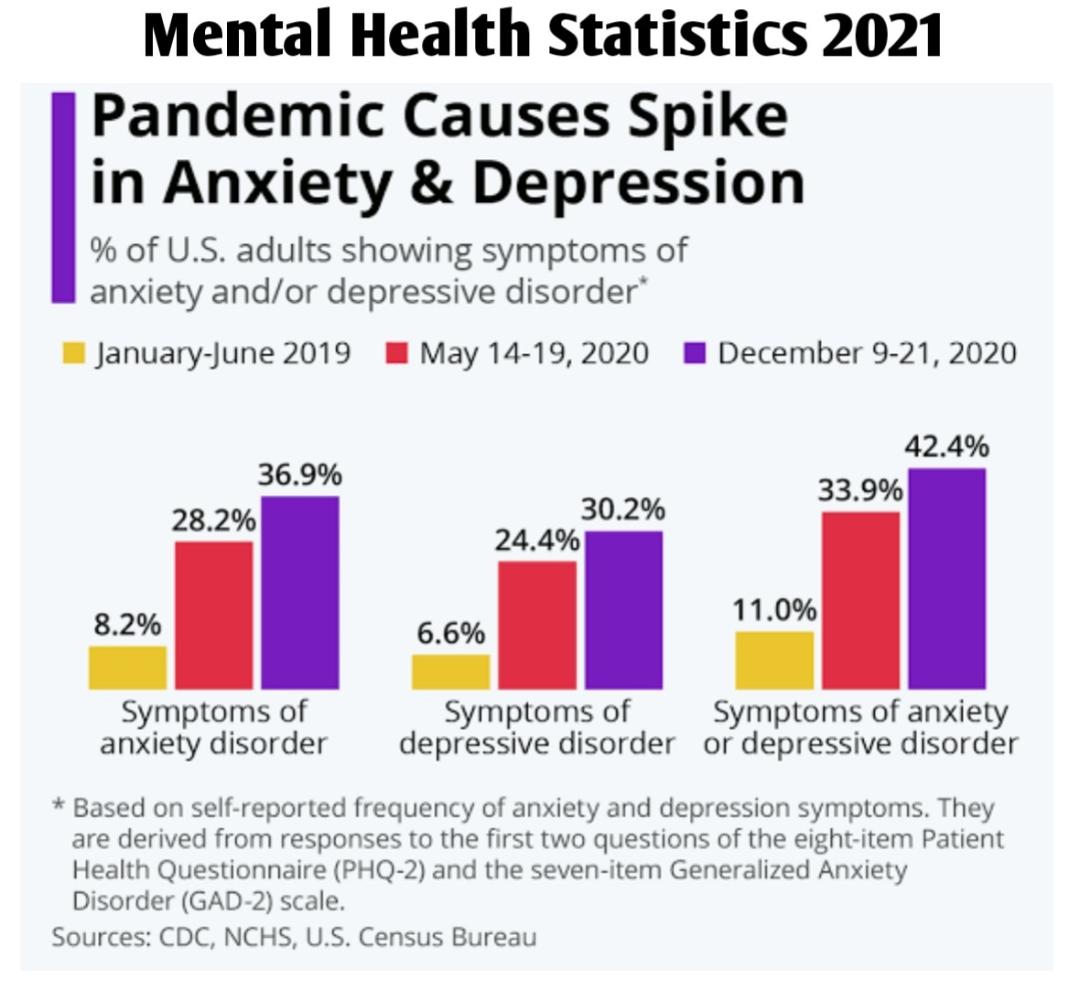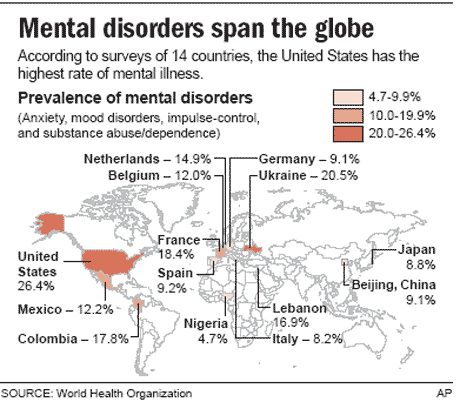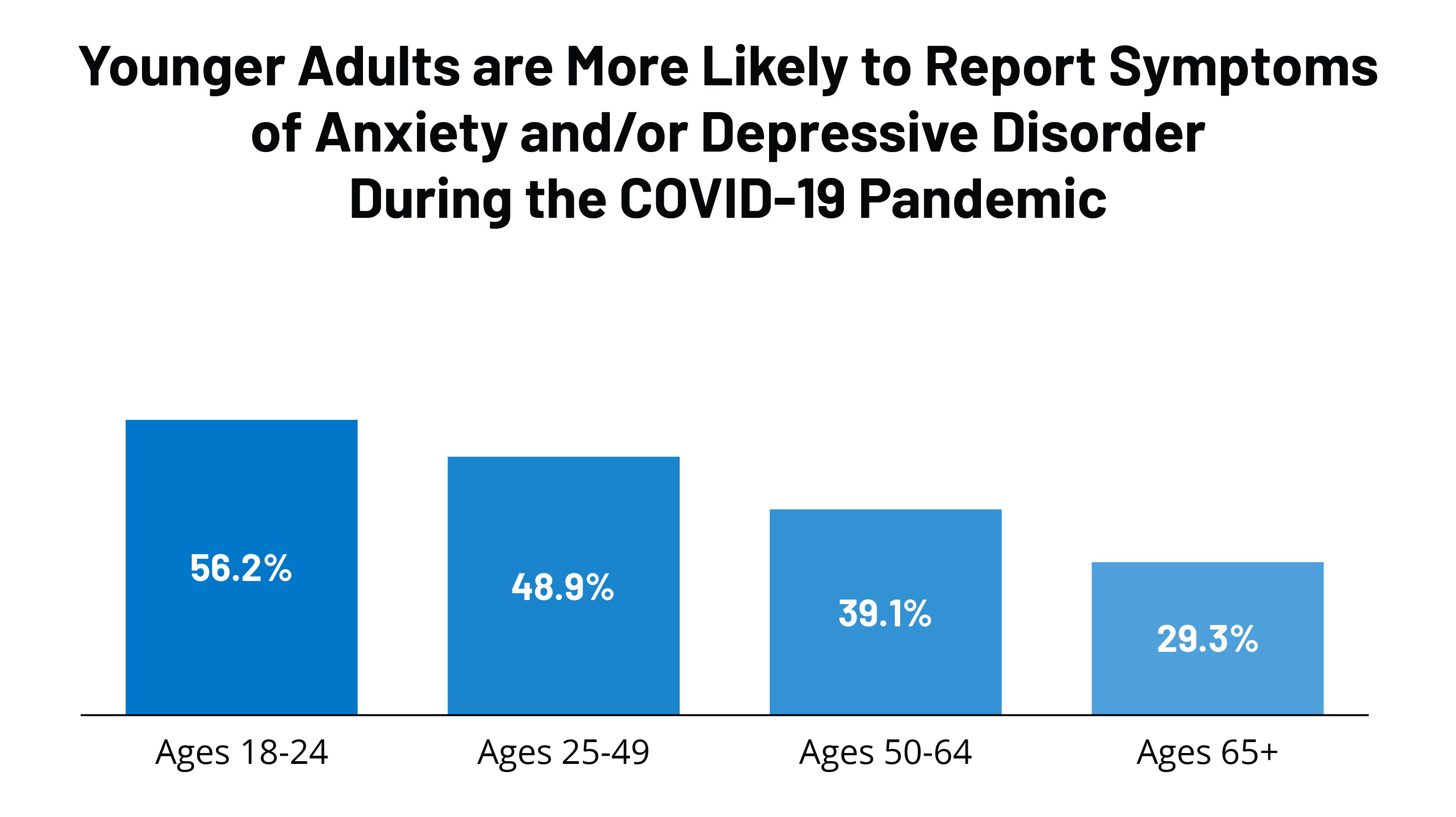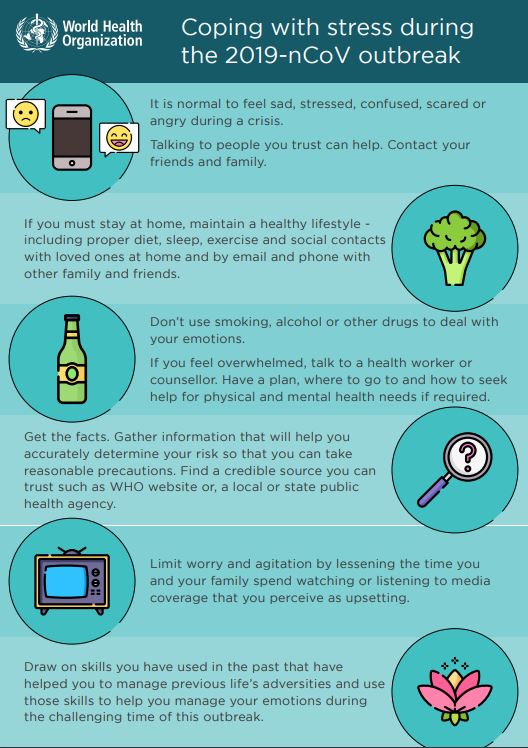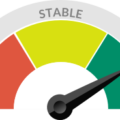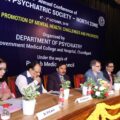Mental health is an integral and essential component of health. The WHO constitution states: “Health is a state of complete physical, mental and social well-being and not merely the absence of disease or infirmity.” An important implication of this definition is that mental health is more than just the absence of mental disorders or disabilities.
WHO defines Mental health as a state of well-being in which an individual realizes his or her own abilities, can cope with the normal stresses of life, can work productively and is able to make a contribution to his or her community.
Mental health is fundamental to our collective and individual ability as humans to think, emote, interact with each other, earn a living and enjoy life. On this basis, the promotion, protection and restoration of mental health can be regarded as a vital concern of individuals, communities and societies throughout the world.
In recent years, there has been increasing acknowledgement of the important role mental health plays in achieving global development goals, as illustrated by the inclusion of mental health in the Sustainable Development Goals. Depression is one of the leading causes of disability. Suicide is the second leading cause of death among 15-29-year-olds. People with severe mental health conditions die prematurely – as much as two decades early – due to preventable physical conditions.
Despite progress in some countries, people with mental health conditions often experience severe human rights violations, discrimination, and stigma.
Many mental health conditions can be effectively treated at relatively low cost, yet the gap between people needing care and those with access to care remains substantial. Effective treatment coverage remains extremely low.
Increased investment is required on all fronts: for mental health awareness to increase understanding and reduce stigma; for efforts to increase access to quality mental health care and effective treatments; and for research to identify new treatments and improve existing treatments for all mental disorders. In 2019, WHO launched the WHO Special Initiative for Mental Health (2019-2023): Universal Health Coverage for Mental Health to ensure.
Mental Health Statistics
The information presented in this article comes from studies conducted by organizations like Substance Abuse and Mental Health Services Administration (SAMHSA), Centers for Disease Control and Prevention (CDC) and the U.S. Department of Justice. The terminology used reflects what is used in original studies. Terms like “serious mental illness,” “mental illness” or “mental health disorders” may all seem like they’re referring to the same thing, but in fact refer to specific diagnostic groups for that particular study.
1 in 5 U.S. adults experience mental illness each year
1 in 20 U.S. adults experience serious mental illness each year
1 in 6 U.S. youth aged 6-17 experience a mental health disorder each year
50% of all lifetime mental illness begins by age 14, and 75% by age 24
Suicide is the 2nd leading cause of death among people aged 10-34
- 20.6% of U.S. adults experienced mental illness in 2019 (51.5 million people). This represents 1 in 5 adults.
- 5.2% of U.S. adults experienced serious mental illness in 2019 (13.1 million people). This represents 1 in 20 adults.
- 16.5% of U.S. youth aged 6-17 experienced a mental health disorder in 2016 (7.7 million people)
- 3.8% of U.S. adults experienced a co-occurring substance use disorder and mental illness in 2019 (9.5 million people)
Annual prevalence of mental illness among U.S. adults, by demographic group:
- Non-Hispanic Asian: 4%
- Non-Hispanic white: 2%
- Non-Hispanic black or African-American: 3%
- Non-Hispanic American Indian or Alaska Native: 7%
- Non-Hispanic mixed/multiracial: 7%
- Non-Hispanic Native Hawaiian or Other Pacific Islander: 6%
- Hispanic or Latino: 0%
- Lesbian, Gay or Bisexual: 1%
Annual prevalence among U.S. adults, by condition:
- Major Depressive Episode: 8%(19.4 million people)
- Schizophrenia: <1%(estimated 1.5 million people)
- Bipolar Disorder: 8%(estimated 7 million people)
- Anxiety Disorders: 1%(estimated 48 million people)
- Posttraumatic Stress Disorder: 6%(estimated 9 million people)
- Obsessive Compulsive Disorder: 2%(estimated 3 million people)
- Borderline Personality Disorder: 4%(estimated 3.5 million people)
Mental Health Care Matters
- 43.8% of U.S. adults with mental illness received treatment in 2019
- 65.5% of U.S. adults with serious mental illness received treatment in 2019
- 50.6% of U.S. youth aged 6-17 with a mental health disorder received treatment in 2016
- The average delay between onset of mental illness symptoms and treatment is 11 years
- Annual treatment rates among U.S. adults with any mental illness, by demographic group:
- Male: 8%
- Female: 7%
- Lesbian, Gay or Bisexual: 2%
- Non-Hispanic Asian: 3%
- Non-Hispanic white: 3%
- Non-Hispanic black or African-American: 9%
- Non-Hispanic mixed/multiracial: 0%
- Hispanic or Latino: 9%
- 10.9% of U.S. adults with mental illness had no insurance coverage in 2019
- 11.9% of U.S. adults with serious mental illness had no insurance coverage in 2019
- 55% of U.S. counties do not have a single practicing psychiatrist
The Ripple Effect Of Mental Illness
Person
- People with depression have a 40% higher risk of developing cardiovascular and metabolic diseases than the general population. People with serious mental illness are nearly twice as likely to develop these conditions.
- 18.4% of U.S. adults with mental illness also experienced a substance use disorder in 2019 (9.5 million individuals)
- The rate of unemployment is higher among U.S. adults who have mental illness (5.8%) compared to those who do not (3.6%)
- High school students with significant symptoms of depression are more than twice as likely to drop out compared to their peers.
Family
- At least 8.4 million people in the U.S. provide care to an adult with a mental or emotional health issue
- Caregivers of adults with mental or emotional health issues spend an average of 32 hours per week providing unpaid care.
Community
- Mental illness and substance use disorders are involved in 1 out of every 8 emergency department visits by a U.S. adult (estimated 12 million visits)
- Mood disorders are the most common cause of hospitalization for all people in the U.S. under age 45 (after excluding hospitalization relating to pregnancy and birth)
- Across the U.S. economy, serious mental illness causes $193.2 billion in lost earnings each year
- 20.5% of people experiencing homelessness in the U.S. have a serious mental health condition
- 37% of adults incarcerated in the state and federal prison system have a diagnosed mental illness
- 70.4% of youth in the juvenile justice system have a diagnosed mental illness
- 41% of Veteran’s Health Administration patients have a diagnosed mental illness or substance use disorder.
World
- Depression and anxiety disorders cost the global economy $1 trillion in lost productivity each year
- Depression is a leading cause of disability worldwide.
Suicide
- Suicide is the 2nd leading cause of death among people aged 10-34 in the U.S.
- Suicide is the 10th leading cause of death in the U.S.
- The overall suicide rate in the U.S. has increased by 35% since 1999
- 46% of people who die by suicide had a diagnosed mental health condition
- 90% of people who die by suicide had shown symptoms of a mental health condition, according to interviews with family, friends and medical professionals (also known as psychological autopsy)
- Lesbian, gay and bisexual youth are 4x more likely to attempt suicide than straight youth
- 78% of people who die by suicide are male
- Transgender adults are nearly 12x more likely to attempt suicide than the general population
- Annual prevalence of serious thoughts of suicide, by U.S. demographic group:
- 8%of all adults
- 8%of young adults aged 18-25
- 8%of high school students
- 8%of lesbian, gay, and bisexual high school students.
Mental Illness And The Criminal Justice System
Criminal Justice System
- About 2 million times each year, people with serious mental illness are booked into jails.
- About 2 in 5 people who are incarcerated have a history of mental illness (37% in state and federal prisons and 44% held in local jails).
- 66% of women in prison reported having a history of mental illness, almost twice the percentage of men in prison.
- Nearly one in four people shot and killed by police officers between 2015 and 2020 had a mental health condition.
- Suicide is the leading cause of death for people held in local jails.
- An estimated 4,000 people with serious mental illness are held in solitary confinement inside U.S. prisons.
Communities
- 70% of youth in the juvenile justice system have a diagnosable mental health condition.
- Youth in detention are 10 times more likely to suffer from psychosis than youth in the community.
- About 50,000 veterans are held in local jails — 55% report experiencing a mental illness.
- Among incarcerated people with a mental health condition, non-white individuals are more likely to go to solitary confinement, be injured, and stay longer in jail.
Access To Care
- About 3 in 5 people (63%) with a history of mental illness do not receive mental health treatment while incarcerated in state and federal prisons.
- Less than half of people (45%) with a history of mental illness receive mental health treatment while held in local jails.
- People who have healthcare coverage upon release from incarceration are more likely to engage in services that reduce recidivism.
[pdf-embedder url=”https://www.publichealth.com.ng/wp-content/uploads/2021/03/mentalhealthppt-121019115227-phpapp01.pdf”]

